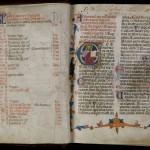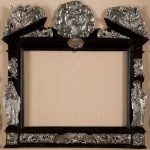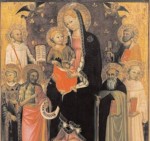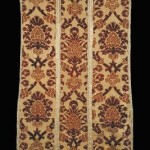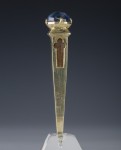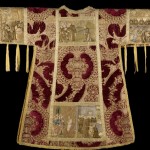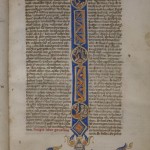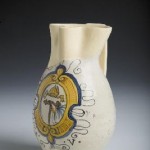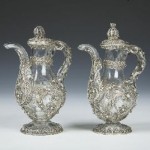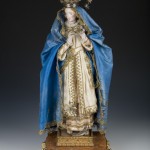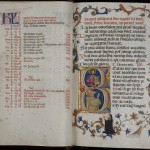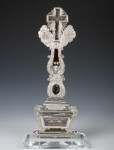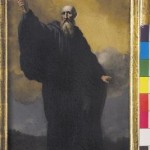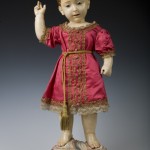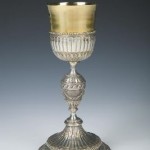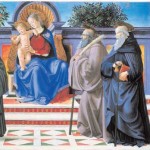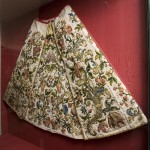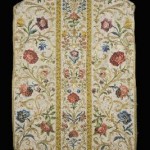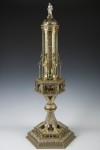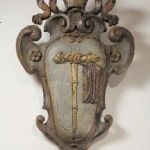Inaugurated in June 2006, the museum occupies an area on the right at the back of the abbey complex. The museum is practically under the tower and is organized into a large hall that, until a short time ago, served as the monastery’s typography, the so-called “treasure” room, and a small but well-supplied bookshop.
This is not, however, the first structure of its type at Vallombrosa. Already in the 18th century, the abbey had its own museum, albeit very different from the current one. The collector and organizer of that first museum collection, which occupied more than five rooms, was Father Lotario Bucetti, the abbot from 1791 to 1792.
Earlier, between 1788-1789, he had assembled, with truly encyclopedic passion, a heterogeneous assembly that—at least in the beginning— could be defined as a natural history collection because of the extensive presence of rare and curious animal and botanical items, archeological finds, fossils, and a small section of works of art that had also been acquired on the market.
The principles inspiring Father Bucetti were those that governed the late Renaissance and the 17th-18th century fashion for creating wunderkammern (cabinets of curiosities), which were often also housed in convents. However, the museum did not have a long life: Father Lotario’s transfer to the abbey in Pistoia and a gradual loss of interest by the remaining monks led to its rapid decline, with the collection being almost completely dispersed following the 1810 French monastic suppression.
The 1788 inventory and the one compiled at the time of the suppression serve to remind us of what was there. Instead, the current museum is essentially organized as a museum of sacred art, with a large part of the abbey’s artistic patrimony on display as well as some objects from other Vallombrosan institutes, such as the
Monastery of Santa Trinita in Florence.


